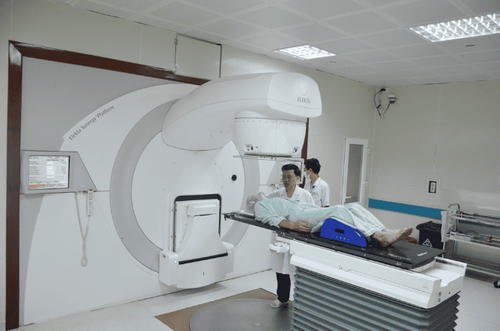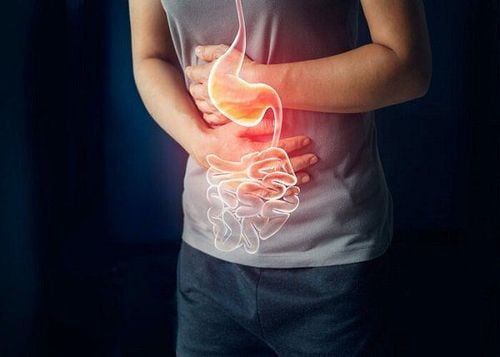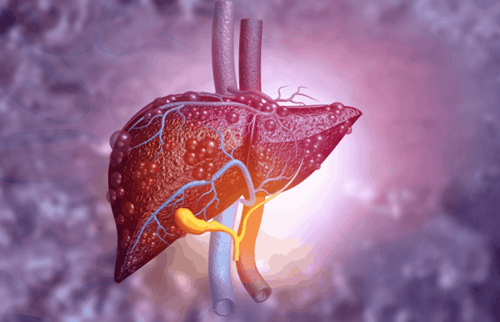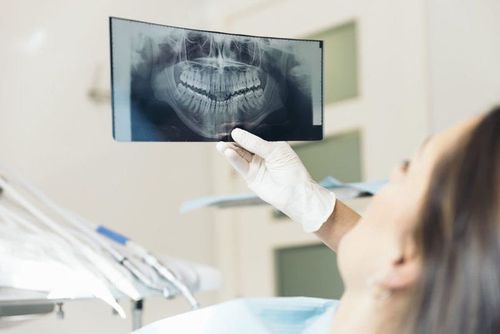This is an automatically translated article.
This article is professionally consulted by Master, Resident Doctor Tran Duc Tuan - Department of Diagnostic Imaging - Vinmec Central Park International General Hospital. The doctor has many years of experience in the field of imaging and interventional internal and external blood vessels.Treatment of liver cancer has many different methods, in which arterial chemoembolization is the use of chemotherapy and vascular plug material to feed cancer cells, which is often prescribed by doctors for cancer patients. primary liver cancer.
1. What is liver cancer?
Liver cancer is the growth and development of cancerous cells in the liver, based on the origin of the malignancy, liver cancer is often divided into primary liver cancer formed by tumors in the liver such as: Hepatocellular carcinoma, cholangiocarcinoma, hepatocellular carcinoma, flattened cirrhosis..., metastatic liver cancer formed by cancer cells in other organs such as breast, lung, thyroid... enter the liver and cause metastatic tumors.2. Causes of liver cancer
The main cause of liver cancer, accounting for 80%, is cirrhosis due to excessive alcohol consumption, cirrhosis secondary to hepatitis B virus infection, hepatitis C virus infection, cirrhosis caused by iron infection.In addition, women who use oral contraceptives for a long time also have an increased risk of liver cancer because adenomas in the liver can easily progress to cancer. Eating a lot of certain foods such as peanuts, moldy beans can also form liver cancer because aflatoxin substances are abundant in molds.
The main signs of liver cancer are pain in the right lower quadrant, loss of appetite, prolonged fatigue, jaundice, unexplained rapid weight loss, itching sensation all over the body, and stools. white or silver color.

3. How is liver cancer treated?
If liver cancer is detected early, there are many treatment methods, but depending on the stage of the disease, age, health problems of the patient, the doctor will offer different treatment methods.3.1 Liver cancer surgery This is the only method that can completely cure liver cancer. Patients may be indicated to remove the mass or part containing liver cancer, a new liver transplant.
Although this is an effective method, finding a suitable new liver for transplantation is very difficult and the indication for partial liver resection is only suitable for patients with mildly damaged liver. Above all, postoperative complications are also a concern for many patients and not all liver cancers are operable.
3.2 Tumor Erosion Only applicable to small tumours, this method uses erosive, direct action on the tumor to destroy it without having to take it out.
3.3 Chemotherapy, radiotherapy This method has the advantage of killing cancer cells well, but the side effects as well as the risks of this method for the patient are quite large. Patients may suffer side effects such as: hair loss, mouth ulcers, body fatigue, no vitality...

3.5 Immunotherapy This is therapy that increases the body's immunity to fight cancer cells.
3.6 Embolization for cancer treatment This is a treatment according to the principle of starvation of the tumor by blocking the blood supply to the tumor with embolization materials and chemicals that block the blood vessels.
4. Angioplasty and embolization procedure

Step 1: Let the patient lie on his or her back on the imaging table, administering local anesthesia. For young children or patients who are too excited, a pre-anesthetic injection or general anesthesia can be given before the procedure.
Step 2: Conduct a puncture of the artery, usually the femoral artery, but in some special cases it can be replaced by the brachial artery.
Step 3: Angiography and threading to select the injured artery. The doctor performs an angiogram and evaluates to identify the damaged blood vessel (the blood vessel that feeds the tumor) and inserts a catheter.
Step 4: Embolize the super-tumor with embolization material as indicated, and use anti-cancer chemicals until the entire tumor deposits chemicals, then plug the vascular peduncle to feed the tumor with biological sponge (gelfoam).
Step 5: Check the occlusion, remove the catheter.
Step 6: Finish and squeeze the femoral artery for 6 hours.
Please dial HOTLINE for more information or register for an appointment HERE. Download MyVinmec app to make appointments faster and to manage your bookings easily.
LEARN MORE
Symptoms of early stage liver cancer are very poor The danger of liver cancer Liver cancer recurs after surgery














